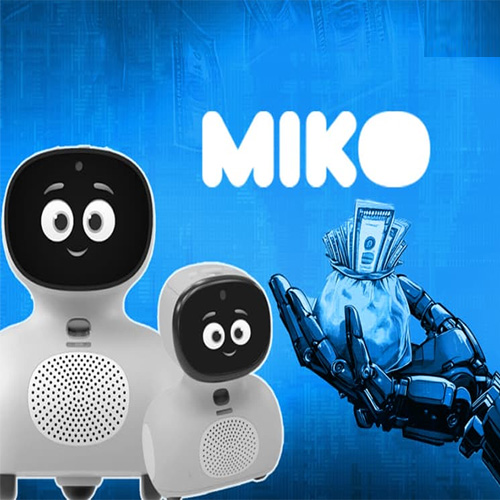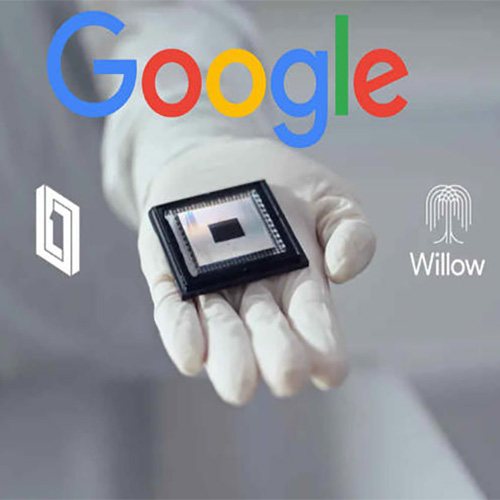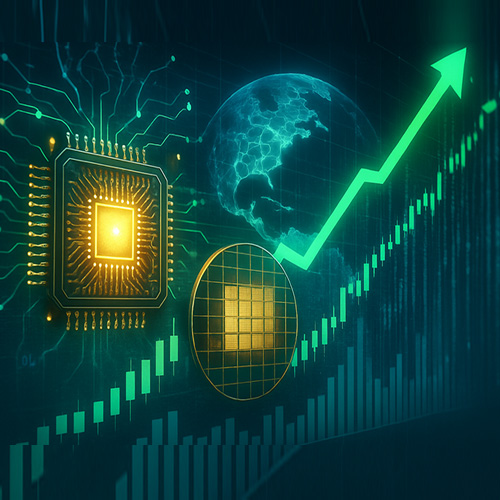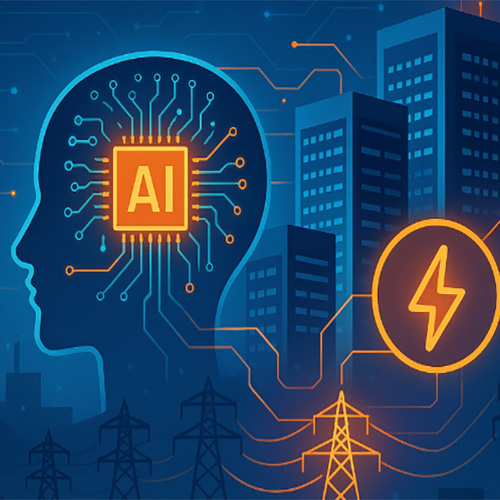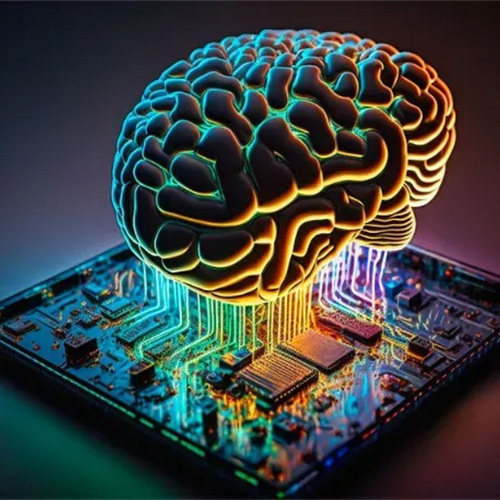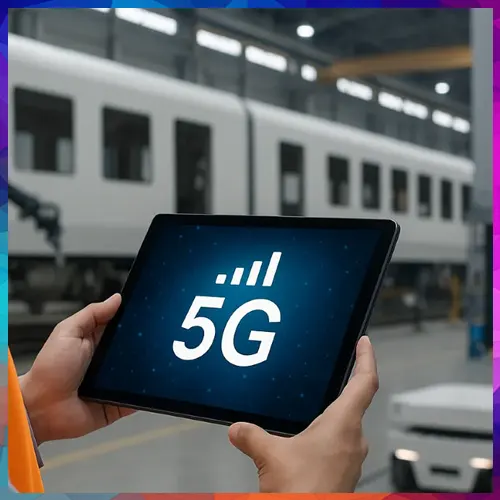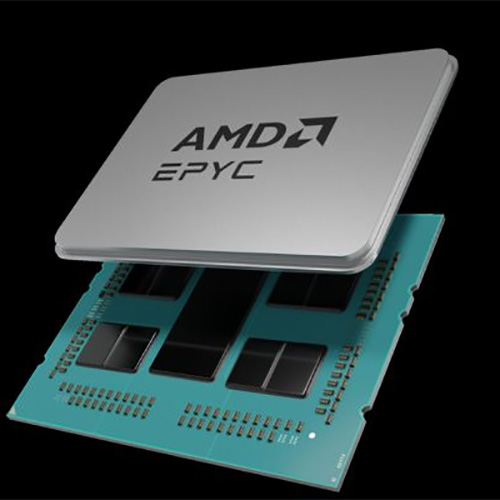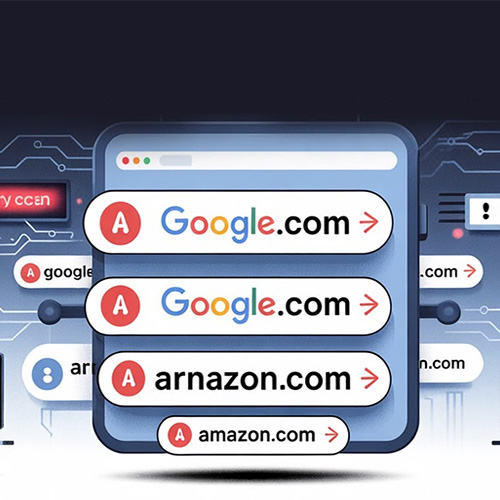The impact of 5G on intelligent devices
2021-03-17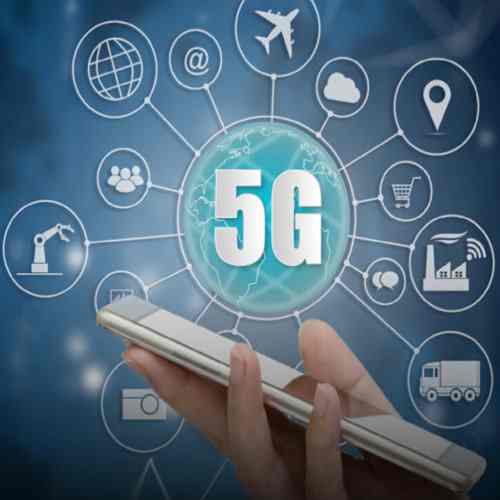
Smart cities use the Internet of Things (IoT) to collect real time data to better understand how demand patterns are changing, and respond with faster and lower-cost solutions. Broadly speaking, digital city ecosystems are designed to run on ICT frameworks that connect several dedicated networks of mobile devices, sensors, connected cars, home appliances, communication gateways and data centers. Organizational interest in artificial intelligence (AI) projects has steadily grown in recent years. Just 14% of organizations had deployed AI in 2019; however, that number rose to 19% in 2020 and is expected to reach 24% in 2021, according to Gartner research.
By 2025 the IoT trends suggest the number of connected devices worldwide will rise to 75 billion. The increasing number of objects that interconnect generates an unprecedented volume of data that the city can analyze locally in order to make more informed decisions about what changes or new projects will most benefit residents. The term “Massive IoT” is an apt description of the enormous number of IoT sensors and devices that will be communicating with each other. This growing interest in AI will influence organizations' technology investments in the immediate future. Yet, AI adoption requires more than just the latest technologies or modeling techniques. When moving from a pilot AI solution into production - or scaling AI in the enterprise - CIOs need to articulate a clear business purpose and rationale to invest in these technologies.
Going forward, 5G is expected to unlock the potential of the IoT and be a driving force for the smart city by addressing and overcoming these issues.
The Internet of Things (IoT) is rapidly developing and expanding and 5G technology has a number of features which will positively impact digital experiences and smart cities. In addition to a higher speed to upload and download data, it ensures very short latency times and the ability to connect multiple devices at the same time. Less latency means compressing the time between sending and receiving the signal. 5G brings the range to at least under 10 milliseconds (that is, half the most advanced 4G could achieve) and in best cases around 1 millisecond delays, meaning data will be transferred about in real time. Moreover, with new networks, speed and latency don't get worse even with tens of thousands of connected devices. 5G therefore offers more device density.
The internet of things is going to transform our lives over the next few years; and 5G is, as it slowly rolls out, going to enable much more far-reaching connectivity. The increase in the number of connected devices will allow for many more sensors to be deployed in smart cities and buildings. One thing which might change that is the growth of 5G. 5G will increase cellular bandwidth by huge amounts, making it much easier for the Internet of Things to network large numbers of devices together. 5G will thus remove all of the current limitations on bandwidth, at least until usage scales up to keep up with it. There are a number of ways in which 5G will be a gamechanger for the Internet of Things going forward.
See What’s Next in Tech With the Fast Forward Newsletter
Tweets From @varindiamag
Nothing to see here - yet
When they Tweet, their Tweets will show up here.












